
Review on Fenlink Internal Hard Drive Converter by Deron Altman

Great adapter with few issues
I have both this adapter and the Sabrent adapters. Of these two popular adapters, I find the Fenlink to be the better one. (1) The Fenlink has a backplate next to the connector pins, but the Sabrent doesn't. This rear wall prevents the connector from wobbling. (2) The Fenlink board is attached to a piece of metal that is part of the frame, while the Sabrent connects the board to the frame with screws on either end. (3) Fenlink screw. too short. It barely reaches the SSD drive. I hope it can be 1/8 inch longer. (4) The screw holes on the Sabrent are round but not on the Fenlink. I prefer round holes so the screws don't dangle. (5) Without the adapter, the SSD sequential read speed is 300Mbps, write speed is 16.9Mbps, and random read speed is 77.0Mbps. The speeds for both adapters are around 322 MB/s, 18 MB/s and 80 MB/s. Based on the difference in CPU usage, I'd say the speed of the drive is the same as it was without the adapters. For reference, the hard drive speeds are 132MB/s (read), 0.87MB/s (write), and N/A (random read). (6) The electrical resistance for Fenlink is 0.1ohm and for Sabrent is 0.2ohm. (7) The Sabrent's SSD slides easily into the bay without cables. But the Fenlink deviates a little by 1/16 inch. I had to slide the Fenlink up a bit to line it up with the socket. (8) Both Fenlink and Sabrent got creative with the wiring. Of the 15 pins, three 3.3V pins, three 5V pins, and two of the 3 COM pins of the two COM groups are tied together. Fenlink connects all three pins of the com. Strangely, the three 12V pins are not connected. This wiring is generally suitable when there are 5 lines at the input. However, it has the potential to connect computer power supplies. This creativity is undesirable. Because of (3), (4), (7), (8) I award 3.5 stars.
- Good heat dissipation: open design allows full airflow for proper drive cooling, aluminum alloy frame design and protects your hard drive
- Other Other
New products
Comments (0)
Top products in 💽 Hard Drive Accessories
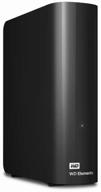
10 TB External HDD Western Digital WD Elements Desktop, USB 3.0, black

17 Review
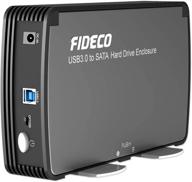
📦 FIDECO 3.5/2.5-Inch Hard Drive Enclosure Case with Fan, USB 3.0 to SATA Adapter for HDD & SSD External Hard Drive - Supports 16TB with UASP

12 Review

External sound card Focusrite Scarlett 2i2 3rd Gen

16 Review
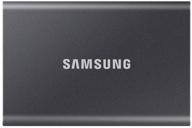
1 TB External SSD Samsung T7, USB 3.2 Gen 2 Type-C, grey

15 Review
Another interesting products
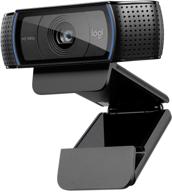
💻 Get Amazing Video Quality with Logitech HD Pro Webcam C920 (Discontinued Edition)

83 Review
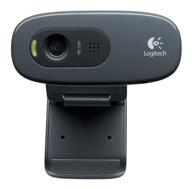
Logitech HD Webcam C270: Crisp 720p Widescreen Video Calling & Recording (960-000694), Lightweight and Portable at 3.15 lb.

192 Review

Renewed Logitech G PRO X Wireless Lightspeed Gaming Headset with Blue VO!CE Mic Filter for Immersive Gaming Experience

122 Review

Smartphone Samsung Galaxy A50 4/64 GB, 2 SIM, black

82 Review

